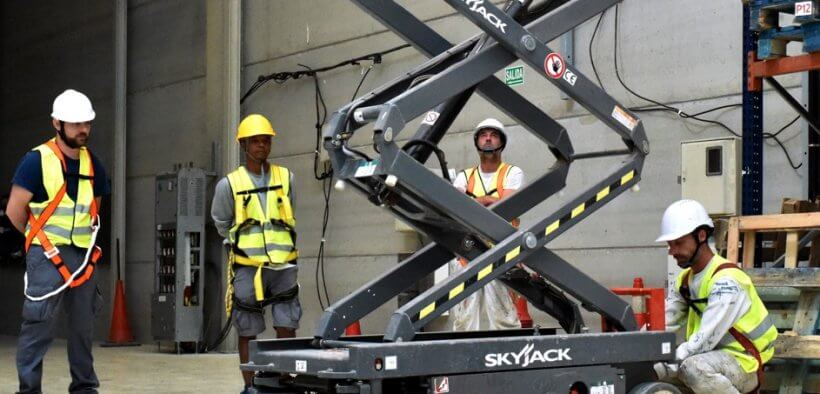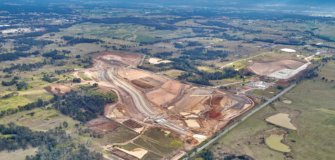Verification of Competency Explained
Martin Sinclair Mar 01

VERIFICATION OF COMPETENCY (VOC) IS BECOMING A MORE COMMON REQUIREMENT FOR OPERATING AN EWP SAFELY ON A CONSTRUCTION SITE. VOC IS NOW REQUIRED
ON ALL TIER 1 SITES IN QUEENSLAND AND IS BECOMING MORE PREVALENT ACROSS ALL TIERS NATIONALLY.
In the realm of EWPs, safety is paramount. The Verification of Competency (VOC) is an emerging tool that utilises structured and documented procedures to evaluate an operator’s skills and knowledge to handle specific machine makes/models in a safe and efficient manner. A well-defined and executed VOC provides assurance to site safety supervisors, hire companies and operators that the site workforce is capable and safe.
The industry is aware of the formal training options available to EWP operators (EWPA Yellow Card, High Risk (WP) Work Licence etc.). Most training providers offering these courses have only one machine make/model for each category of EWP available for training. Recent years have seen a sharp increase in the number of EWP manufacturers and machine types. Each of these machines have their own operational characteristics, so while an operator may have completed valuable formal training on a particular machine, are they familiar and competent with the unique operations of a specific machine that they will be operating on a given site? This is where VOC can provide a degree of confidence over and above required formal training; by evaluating and skills specific to the unique circumstances.
For example: a machine operator may be required to operate a 150’ Super Boom. State WHS/OHS legislation will require, as a minimum, that the operator must have completed the HRWL — WP class (for boom lifts >11m). This particular operator may have completed this required training on a 45’ boom lift. What the HRWL does not demonstrate is the operator’s competency operating a machine (such as the 150’ Super Boom) with more complex systems such as expanding axles and envelope management. In this (theoretical) example, the VOC is a useful tool to evaluate the operator’s understanding of the machine’s capabilities and skill to operate this more complex equipment.
Typically, VOC is done onsite with the machine being used. For an EWPA VOC, the structure will require the operator to demonstrate knowledge and skills across the major aspects of EWP operation. Starting from risk assessments and pre-operation inspections, through to operational checks, practical operation and the final shut down of the machine.
A critical element of the EWPA VOC process is demonstrating the operation of the EWP’s Emergency Retrieval Systems. Should the basket become stuck in the air, knowledge of this critical system could prove lifesaving.
As a member of the EWPA, Skyreach performs more than 100 VOCs a month and were part of the working group involved in developing the EWPA VOC model. The EWPA has developed a user-friendly VOC system which links to the Yellow Card database. This will allow operators to provide sites with a full transcript of what machines they have trained on and demonstrated competency.
EWPA Training Coordinator Tempel Matterson said: “The EWPA VOC is a game-changer for the Australian access industry. As the peak industry body, with a network of over 200 EWPA Accredited Trainers, stakeholders can feel confident knowing that an EWPA VOC is a comprehensive tool that meets the needs of industry.”










